2015 Ford Transit-350 Brake Rotors and Pads
Click here to search another vehicle
All Rotors:
OEM x
Coated x
Drilled, Slotted and Coated x
Front x
Rear x
All Pads:
Ceramic x
Semi-metallic x
Front x
Rear x
Found 20 record
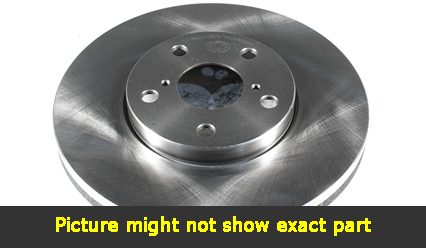
Part No: BR575133
Raybestos: 681781
OE: CK4Z1125A
Raybestos: 681781
OE: CK4Z1125A
$82.98 each
Per Car QTY: 2
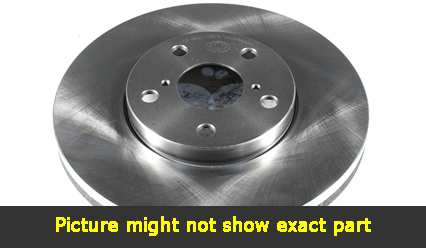
Part No: BR575135
Raybestos: 681782
OE: CK4Z1125B; CK4Z1125D
Raybestos: 681782
OE: CK4Z1125B; CK4Z1125D
$81.31 each
Per Car QTY: 2
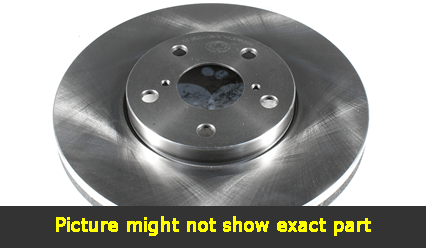
Part No: BR575134
Raybestos: 681939
OE: CK4Z2C026C
Raybestos: 681939
OE: CK4Z2C026C
$48.37 each
Per Car QTY: 2
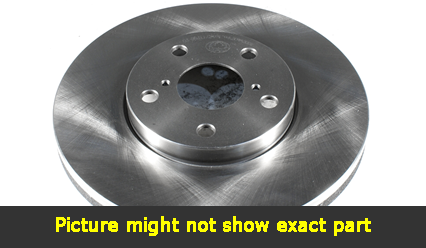
Part No: BR575136
Raybestos: 681790
OE: CK4Z2C026D
Raybestos: 681790
OE: CK4Z2C026D
$54.58 each
Per Car QTY: 2
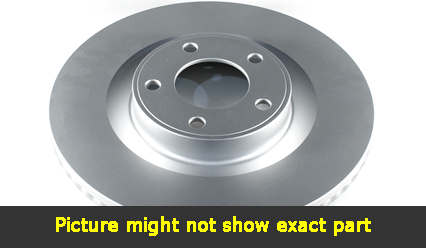
Part No: PP575133
Raybestos: 681781
OE: CK4Z1125A
Raybestos: 681781
OE: CK4Z1125A
$104.81 each
Per Car QTY: 2
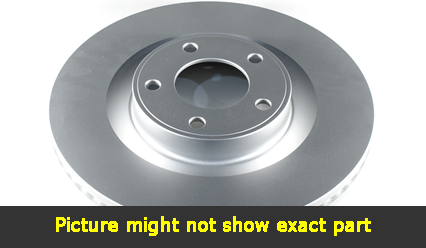
Part No: PP575135
Raybestos: 681782
OE:
Raybestos: 681782
OE:
$102.69 each
Per Car QTY: 2
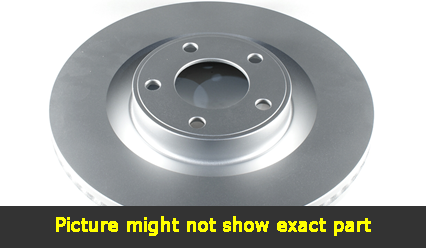
Part No: PP575134
Raybestos: 681939
OE:
Raybestos: 681939
OE:
$61.09 each
Per Car QTY: 2
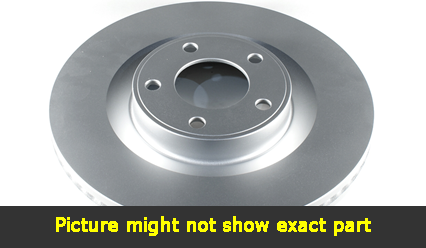
Part No: PP575136
Raybestos: 681790
OE:
Raybestos: 681790
OE:
$68.94 each
Per Car QTY: 2
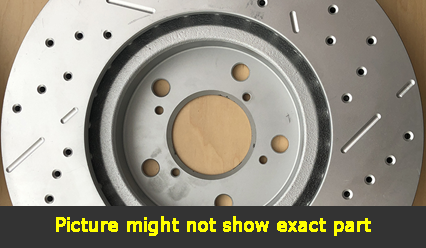
Part No: SP575133L
Raybestos: 681781
OE: CK4Z1125A
Raybestos: 681781
OE: CK4Z1125A
$145.31 each
Per Car QTY: 1

Part No: SP575133R
Raybestos: 681781
OE: CK4Z1125A
Raybestos: 681781
OE: CK4Z1125A
$145.31 each
Per Car QTY: 1
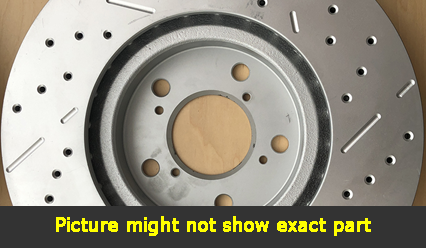
Part No: SP575135L
Raybestos: 681782
OE:
Raybestos: 681782
OE:
$143.19 each
Per Car QTY: 1
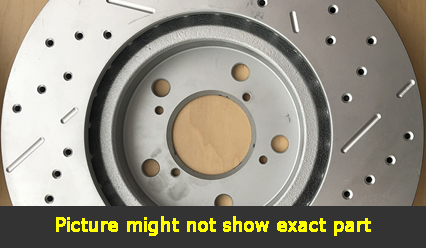
Part No: SP575135R
Raybestos: 681782
OE:
Raybestos: 681782
OE:
$143.19 each
Per Car QTY: 1
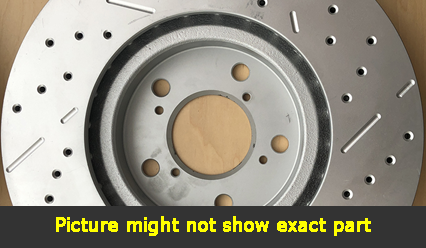
Part No: SP575134L
Raybestos: 681939
OE:
Raybestos: 681939
OE:
$93.49 each
Per Car QTY: 1
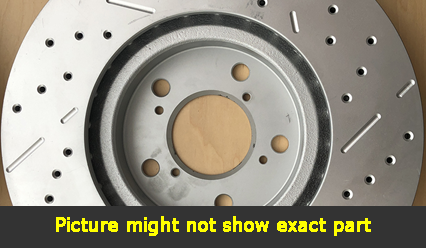
Part No: SP575134R
Raybestos: 681939
OE:
Raybestos: 681939
OE:
$93.49 each
Per Car QTY: 1
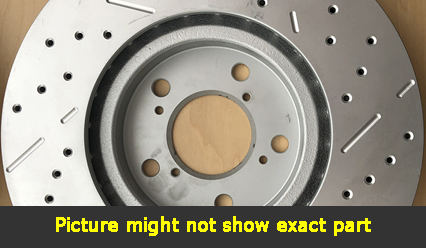
Part No: SP575136L
Raybestos: 681790
OE:
Raybestos: 681790
OE:
$105.39 each
Per Car QTY: 1
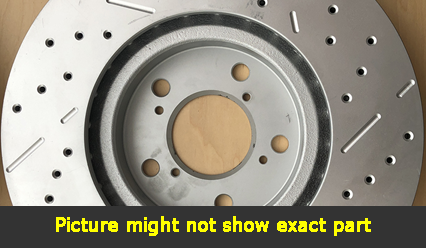
Part No: SP575136R
Raybestos: 681790
OE:
Raybestos: 681790
OE:
$105.39 each
Per Car QTY: 1

Part No: PD1774C
Raybestos: 1774
OE:
Raybestos: 1774
OE:
$40.7 each
Per Car QTY: 1
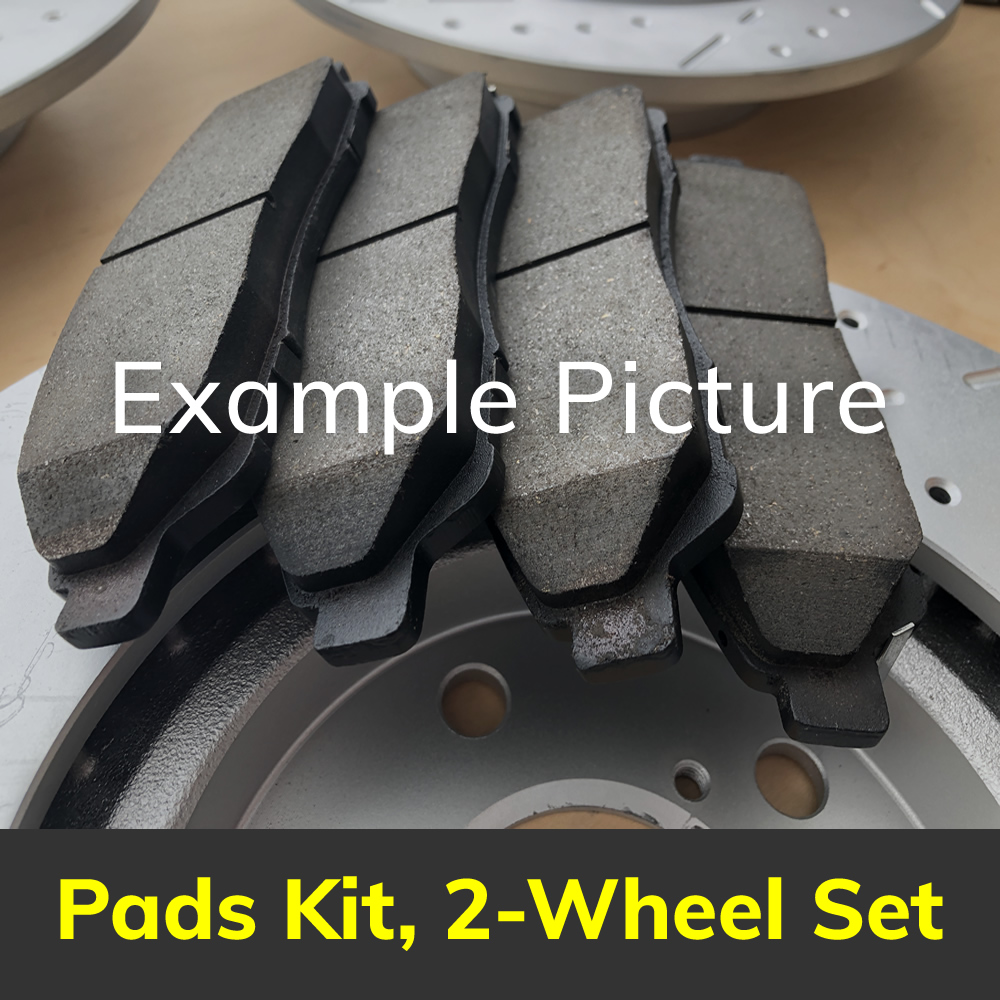
Part No: PD1775C
Raybestos: 1775
OE:
Raybestos: 1775
OE:
$33.98 each
Per Car QTY: 1
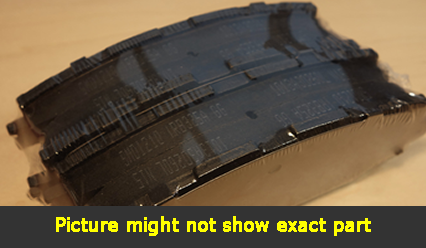
Part No: SMD1774
Raybestos:
OE:
Raybestos:
OE:
$37.24 each
Per Car QTY: 1

Part No: SMD1775
Raybestos:
OE:
Raybestos:
OE:
$30.24 each
Per Car QTY: 1
When it comes to car maintenance and safety, choosing the right brakes plays a crucial role. The brakes are a vital component of any vehicle, allowing us to slow down and stop efficiently on the road. If you own a 2015 Ford Transit-350, it is essential to understand the rules for selecting brakes that will enhance your vehicle's performance and ensure your safety.
1. Consider your driving habits: The first rule for choosing brakes is to consider your driving habits. Are you an average driver who commutes to work or a more aggressive driver who enjoys spirited driving? Driving style affects the wear and tear on your brakes, so it is important to choose brakes that align with your preferences.
2. OEM brakes vs. aftermarket brakes: OEM (Original Equipment Manufacturer) brakes are made by the same manufacturer as your vehicle. These brakes are specifically designed to meet the original specifications of your car, ensuring a perfect fit and performance. On the other hand, aftermarket brakes are produced by third-party manufacturers and often offer a wider range of options in terms of material and performance. Consider your preferences and budget when choosing between OEM or aftermarket brake options.
3. Brake pad material: The material of the brake pads is an important factor to consider while selecting brakes. Different materials offer varying levels of performance, durability, and noise reduction. The most common brake pad materials include organic, semi-metallic, and ceramic. Each material has its benefits and downsides, so choose one that best suits your driving needs and expectations.
- Organic brake pads: These pads are made from a mix of natural components like rubber, glass, and resins. They are affordable, produce lower levels of noise, and provide good initial braking performance. However, they tend to wear out faster and may not perform well under heavy loads or high-temperature conditions.
- Semi-metallic brake pads: Made from a combination of metallic fibers, fillers, and bonding agents, semi-metallic pads offer better heat dissipation and improved durability compared to organic pads. They are suitable for both regular and aggressive driving but may produce more noise and wear down your rotors faster.
- Ceramic brake pads: Ceramic pads are made from a mix of ceramic fibers, filler material, and bonding agents. They offer excellent braking performance, reduced noise levels, and increased longevity. Ceramic pads work well under extreme heat conditions, making them suitable for heavy-duty applications. However, they are typically more expensive than organic and semi-metallic pads.
4. Rotor selection: When choosing brakes, don't overlook the importance of the rotor. The rotors should be compatible with the brake pads and provide efficient heat dissipation to avoid brake fade. Consider factors such as rotor material, design, and ventilation. High-quality rotors are often made from cast iron or carbon composite materials, offer enhanced cooling capabilities, and improve overall braking performance.
5. Seek professional advice: If you are unsure about the best brake choice for your 2015 Ford Transit-350, it is always wise to seek professional advice. Consult with your trusted mechanic or brake specialist who can recommend the most suitable brakes based on your driving habits, specific vehicle model, and your budget.
Maintaining effective braking performance is vital for the safety of yourself, your passengers, and other road users. By following these rules for choosing brakes, you can make an informed decision, ensuring optimal performance and peace of mind while driving your 2015 Ford Transit-350. Remember to prioritize safety and select the brakes that align with your driving style, budget, and performance requirements.
1. Consider your driving habits: The first rule for choosing brakes is to consider your driving habits. Are you an average driver who commutes to work or a more aggressive driver who enjoys spirited driving? Driving style affects the wear and tear on your brakes, so it is important to choose brakes that align with your preferences.
2. OEM brakes vs. aftermarket brakes: OEM (Original Equipment Manufacturer) brakes are made by the same manufacturer as your vehicle. These brakes are specifically designed to meet the original specifications of your car, ensuring a perfect fit and performance. On the other hand, aftermarket brakes are produced by third-party manufacturers and often offer a wider range of options in terms of material and performance. Consider your preferences and budget when choosing between OEM or aftermarket brake options.
3. Brake pad material: The material of the brake pads is an important factor to consider while selecting brakes. Different materials offer varying levels of performance, durability, and noise reduction. The most common brake pad materials include organic, semi-metallic, and ceramic. Each material has its benefits and downsides, so choose one that best suits your driving needs and expectations.
- Organic brake pads: These pads are made from a mix of natural components like rubber, glass, and resins. They are affordable, produce lower levels of noise, and provide good initial braking performance. However, they tend to wear out faster and may not perform well under heavy loads or high-temperature conditions.
- Semi-metallic brake pads: Made from a combination of metallic fibers, fillers, and bonding agents, semi-metallic pads offer better heat dissipation and improved durability compared to organic pads. They are suitable for both regular and aggressive driving but may produce more noise and wear down your rotors faster.
- Ceramic brake pads: Ceramic pads are made from a mix of ceramic fibers, filler material, and bonding agents. They offer excellent braking performance, reduced noise levels, and increased longevity. Ceramic pads work well under extreme heat conditions, making them suitable for heavy-duty applications. However, they are typically more expensive than organic and semi-metallic pads.
4. Rotor selection: When choosing brakes, don't overlook the importance of the rotor. The rotors should be compatible with the brake pads and provide efficient heat dissipation to avoid brake fade. Consider factors such as rotor material, design, and ventilation. High-quality rotors are often made from cast iron or carbon composite materials, offer enhanced cooling capabilities, and improve overall braking performance.
5. Seek professional advice: If you are unsure about the best brake choice for your 2015 Ford Transit-350, it is always wise to seek professional advice. Consult with your trusted mechanic or brake specialist who can recommend the most suitable brakes based on your driving habits, specific vehicle model, and your budget.
Maintaining effective braking performance is vital for the safety of yourself, your passengers, and other road users. By following these rules for choosing brakes, you can make an informed decision, ensuring optimal performance and peace of mind while driving your 2015 Ford Transit-350. Remember to prioritize safety and select the brakes that align with your driving style, budget, and performance requirements.


